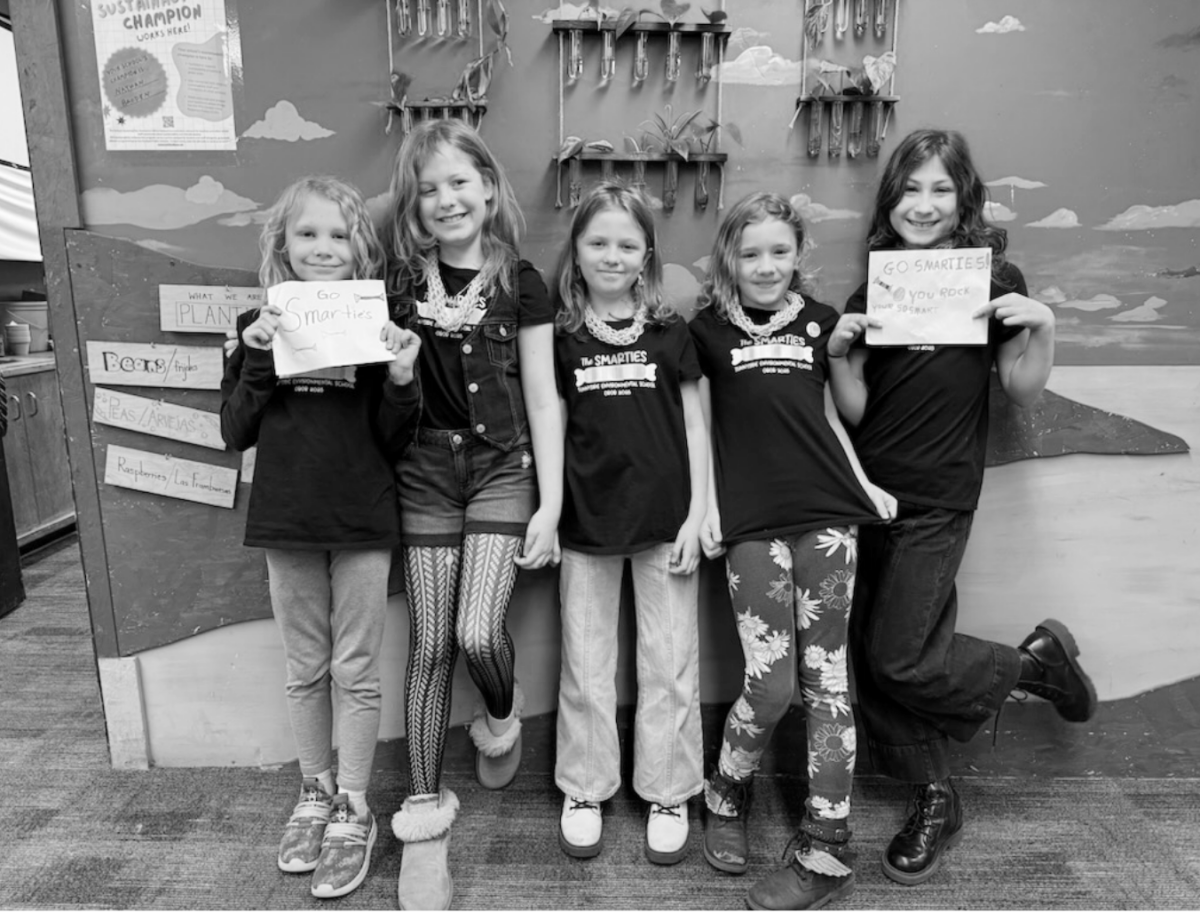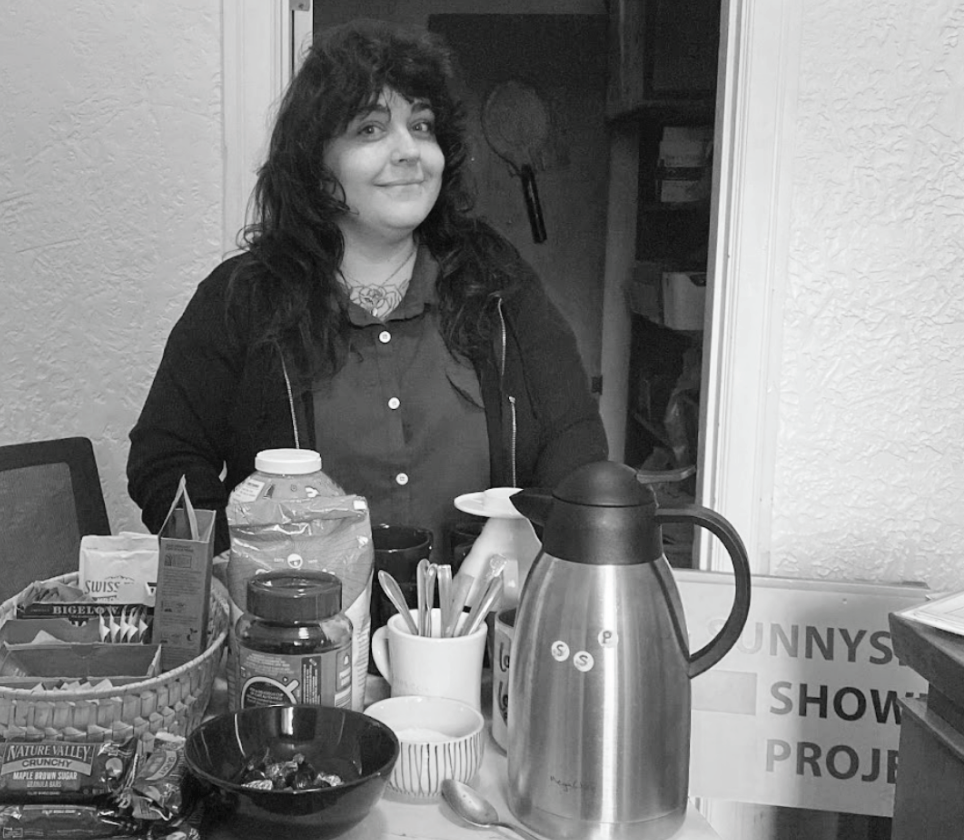I am writing today to ask for your help with an urgent matter. As Portland Public Schools (PPS) heads into planning for the 2025-2026 school year, the district is expecting to make $50 million dollars in cuts. At Sunnyside we experienced several cuts last year when we lost our school’s restorative justice coordinator, and our library assistant. We also had our school secretary’s hours cut to half time and our middle school counselor’s hours cut to less than half time. This current school year we were able to make up the difference with generous parent and community donations to bring our school secretary back up to full time and to allow our middle school counselor to add eight hours to her work week. Our PTSA also fully funds the salary for our garden coordinator, field study coordinator, field study programs, and extracurricular activities.
Unfortunately, for the 2025-2026 school year our PTSA will be unable to supplement our funding in the same way. Previously, individual schools could raise funds to pay for all or some of PPS employee’s salaries through school foundations. However, the District eliminated individual school foundations last year, opting to centralize school fundraising through the District-wide Fund for Portland Public Schools. It is unclear how the Fund for Portland Public School’s money will be raised or allocated, other than that it will be done in a manner that aligns with the Superintendent’s priorities. We hope that it can offer a bit of respite to schools that have lost the ability to fundraise, but the fact remains that many schools will be losing three to four staff members next year. While our PTSA is able to hire some staff directly, it is no longer able to supplement the hours of PPS employees whose positions have been reduced to less than full time or eliminated.
Sunnyside is a unique K-8 community that offers programming that supports students in learning about the world around them while also learning about themselves. We support our students through our dedication to mission and vision. We create rich, place-based learning environments rooted in justice that empower students to become environmentally, socially, emotionally, racially, and academically literate, and who are collectively inspired to take action for a more just world.
As we move into the next year, we need help advocating for funding at the state level. Most funding for PPS is provided by the state legislature, and if the legislature gives more money to the District, all PPS schools will benefit. We are hoping that advocacy for funding can happen in a meaningful way and that we could benefit from that by being able to add back some counseling, additional PE, and music. In the meantime, we are making it work because every staff member here is dedicated to juggling all the different aspects of a special little place like Sunnyside, but it is hard to keep all the balls in the air without additional support.
School funding matters and every voice is needed to support our students and support our future.
I have circulated an Advocacy Kit to our school community and I would like to share it with you as well (tinyurl.com/597znf7x). If you care about public schools, please review this kit and contact your state representatives to advocate for better funding for our local schools.


